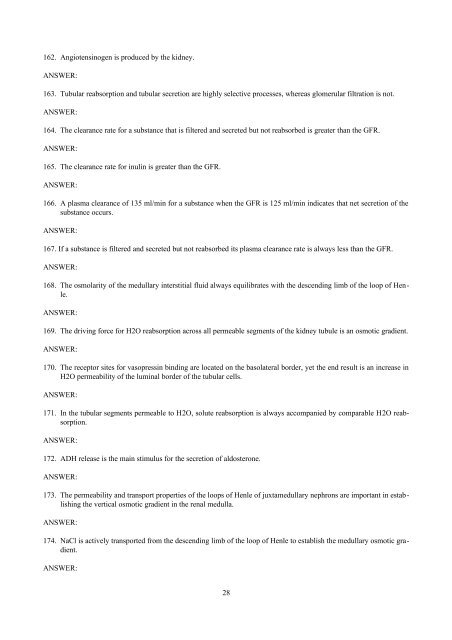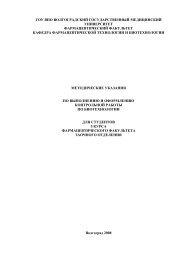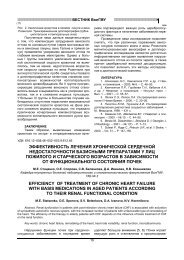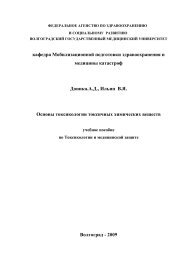PHYSIOLOGY OF EXCRETORY SYSTEM
PHYSIOLOGY OF EXCRETORY SYSTEM
PHYSIOLOGY OF EXCRETORY SYSTEM
You also want an ePaper? Increase the reach of your titles
YUMPU automatically turns print PDFs into web optimized ePapers that Google loves.
162. Angiotensinogen is produced by the kidney.<br />
ANSWER:<br />
163. Tubular reabsorption and tubular secretion are highly selective processes, whereas glomerular filtration is not.<br />
ANSWER:<br />
164. The clearance rate for a substance that is filtered and secreted but not reabsorbed is greater than the GFR.<br />
ANSWER:<br />
165. The clearance rate for inulin is greater than the GFR.<br />
ANSWER:<br />
166. A plasma clearance of 135 ml/min for a substance when the GFR is 125 ml/min indicates that net secretion of the<br />
substance occurs.<br />
ANSWER:<br />
167. If a substance is filtered and secreted but not reabsorbed its plasma clearance rate is always less than the GFR.<br />
ANSWER:<br />
168. The osmolarity of the medullary interstitial fluid always equilibrates with the descending limb of the loop of Henle.<br />
ANSWER:<br />
169. The driving force for H2O reabsorption across all permeable segments of the kidney tubule is an osmotic gradient.<br />
ANSWER:<br />
170. The receptor sites for vasopressin binding are located on the basolateral border, yet the end result is an increase in<br />
H2O permeability of the luminal border of the tubular cells.<br />
ANSWER:<br />
171. In the tubular segments permeable to H2O, solute reabsorption is always accompanied by comparable H2O reabsorption.<br />
ANSWER:<br />
172. ADH release is the main stimulus for the secretion of aldosterone.<br />
ANSWER:<br />
173. The permeability and transport properties of the loops of Henle of juxtamedullary nephrons are important in establishing<br />
the vertical osmotic gradient in the renal medulla.<br />
ANSWER:<br />
174. NaCl is actively transported from the descending limb of the loop of Henle to establish the medullary osmotic gradient.<br />
ANSWER:<br />
28














